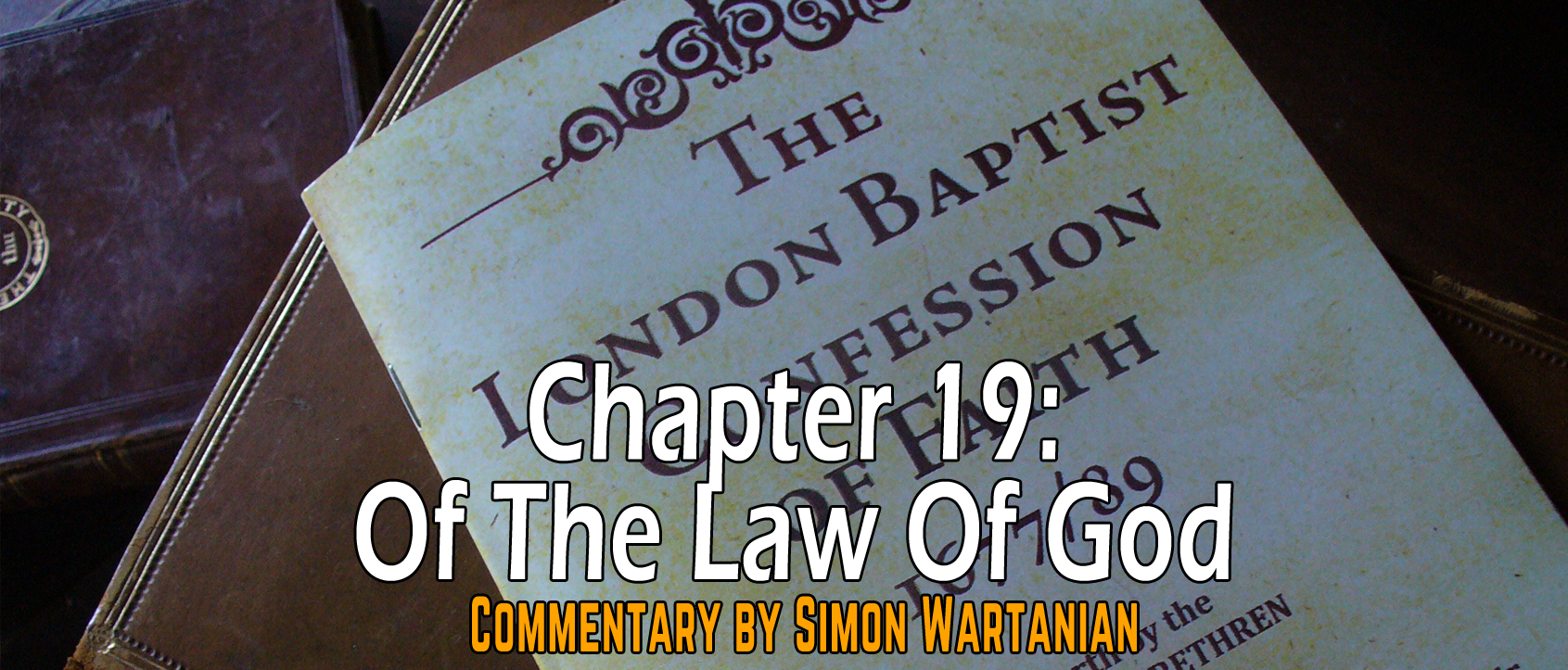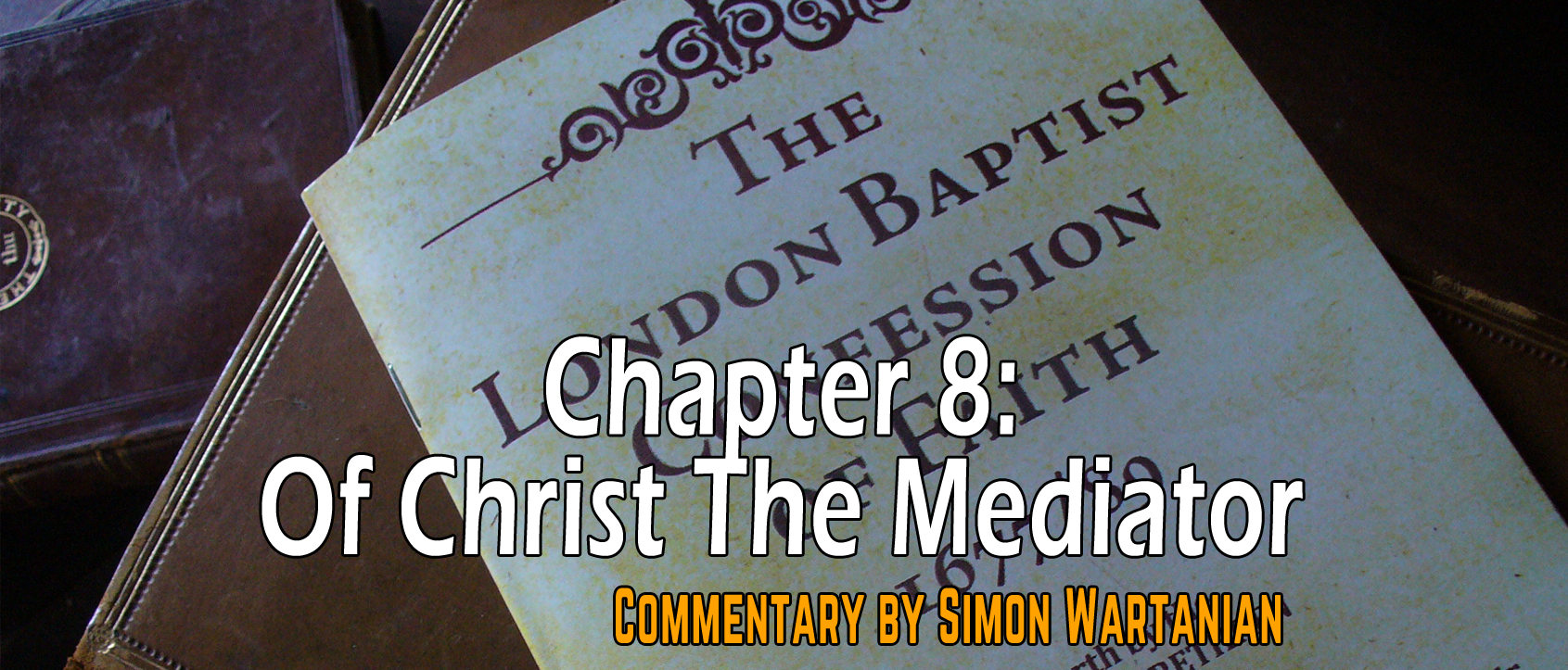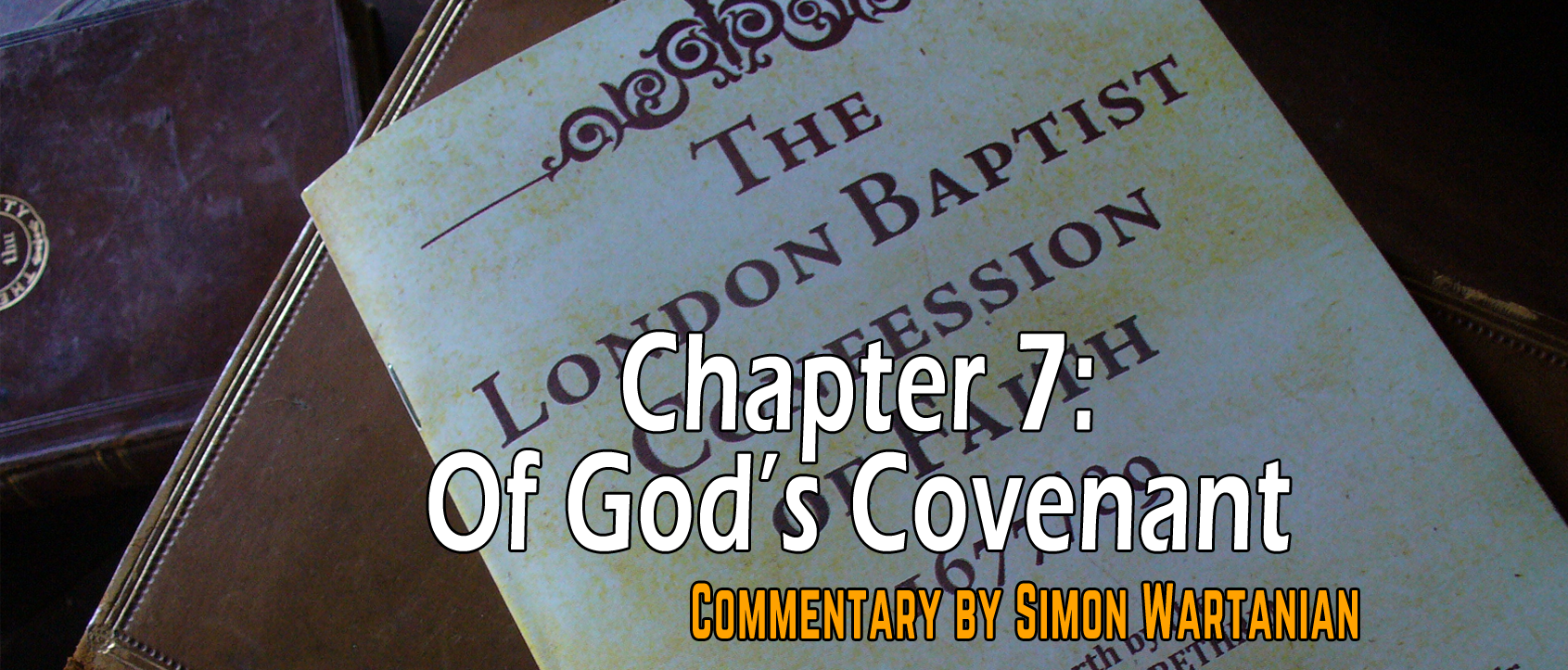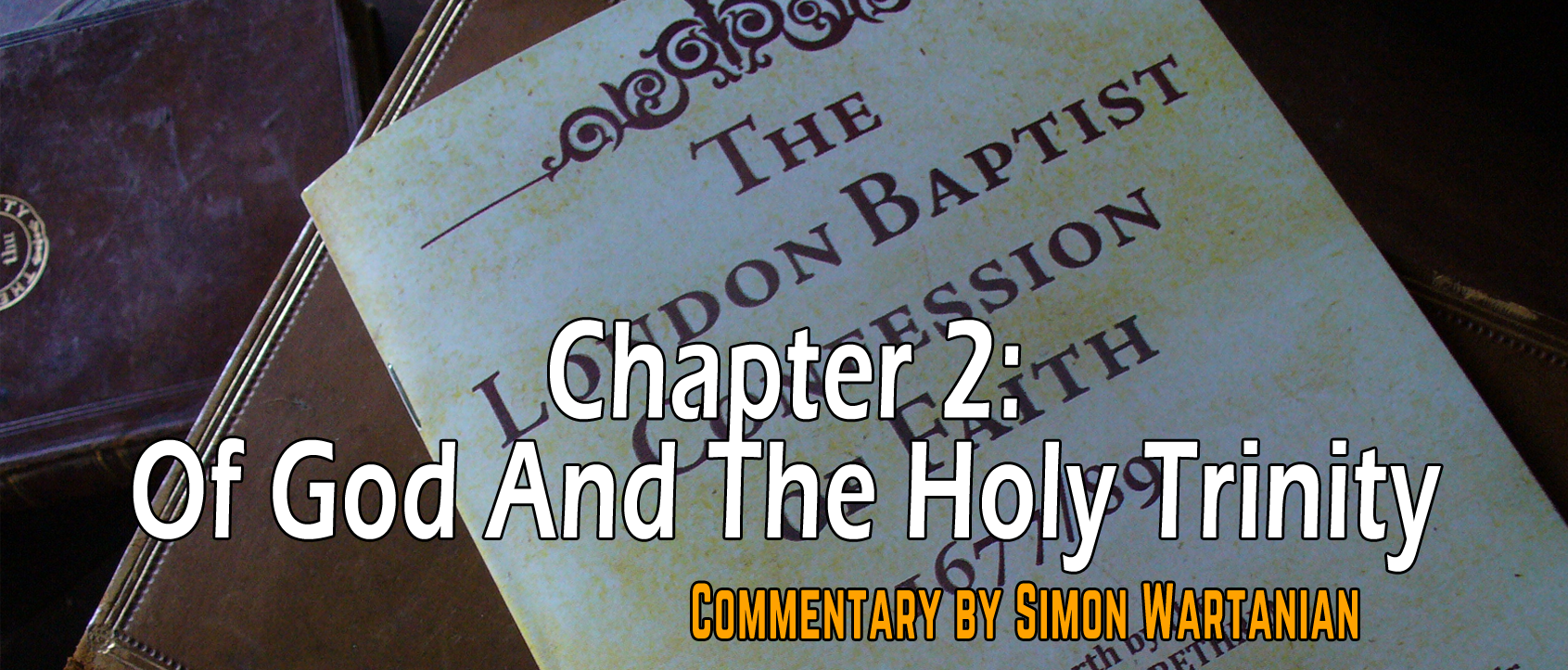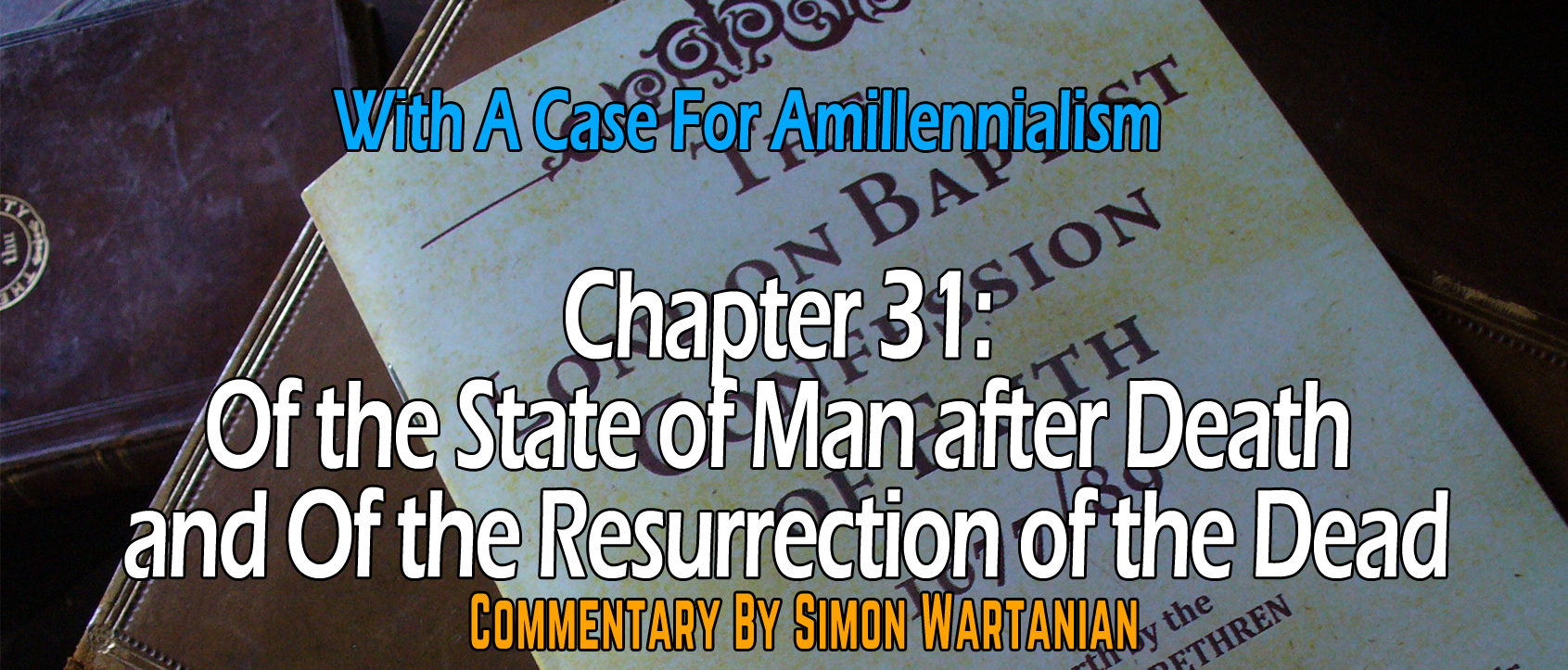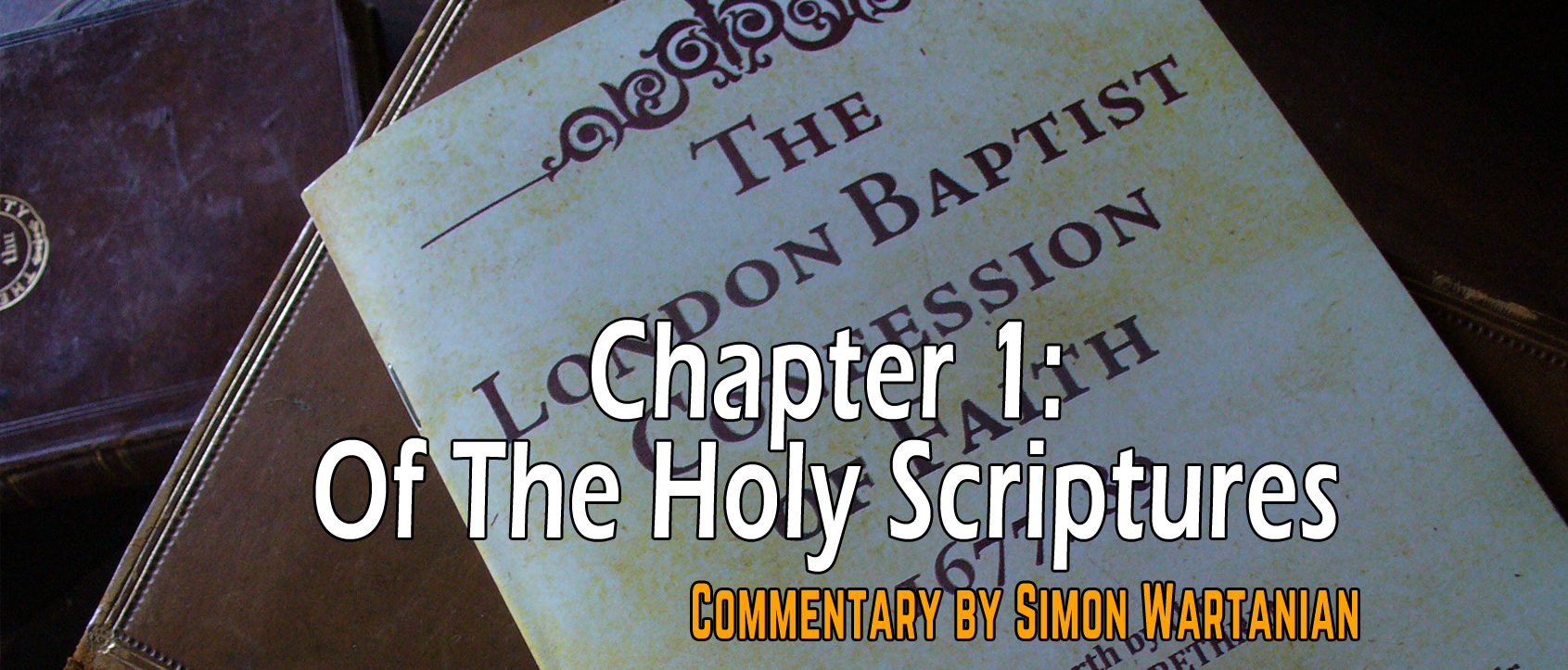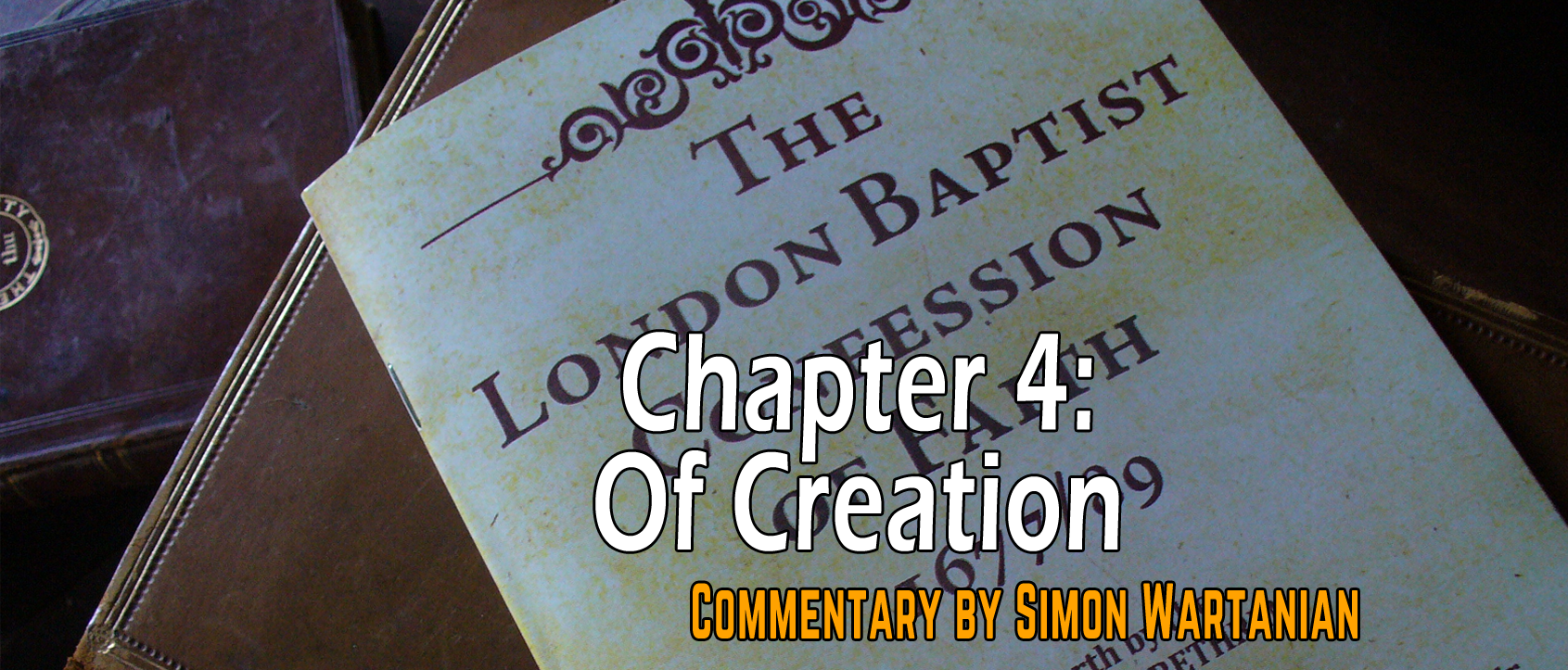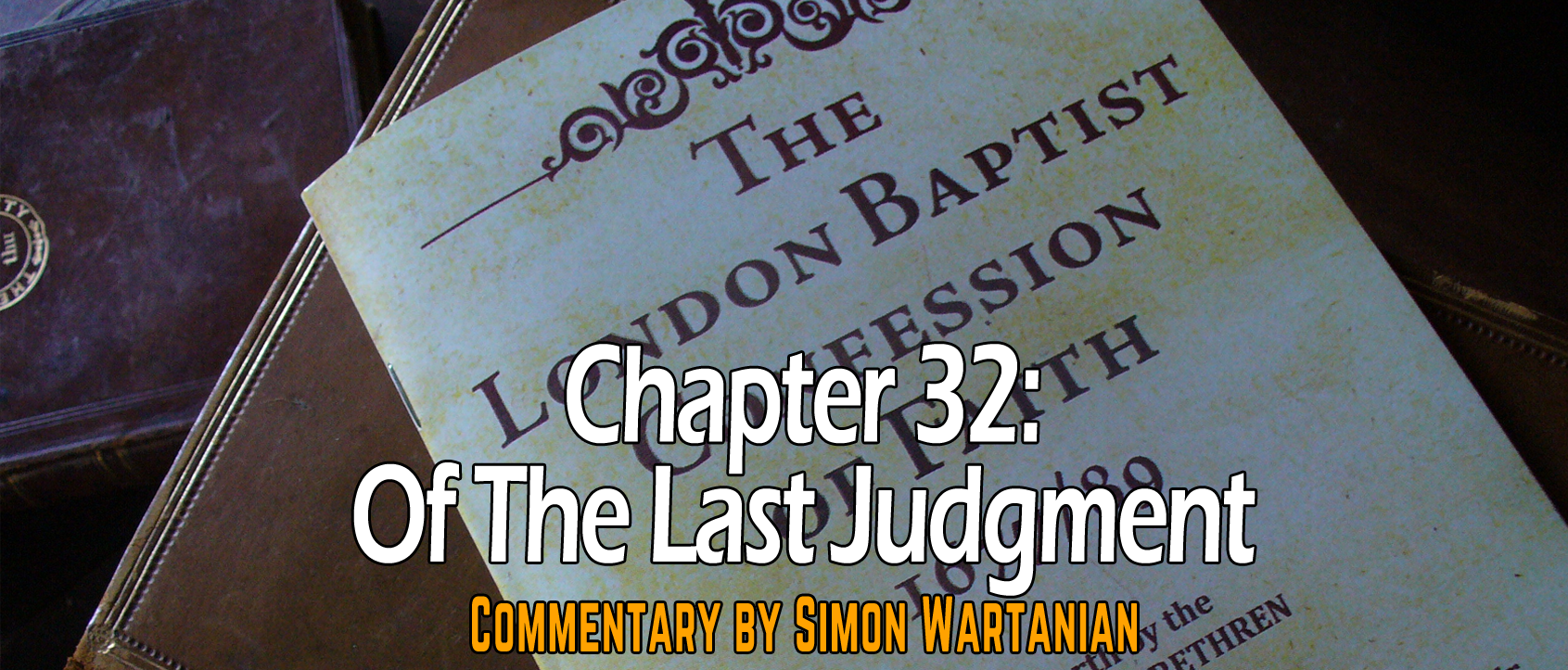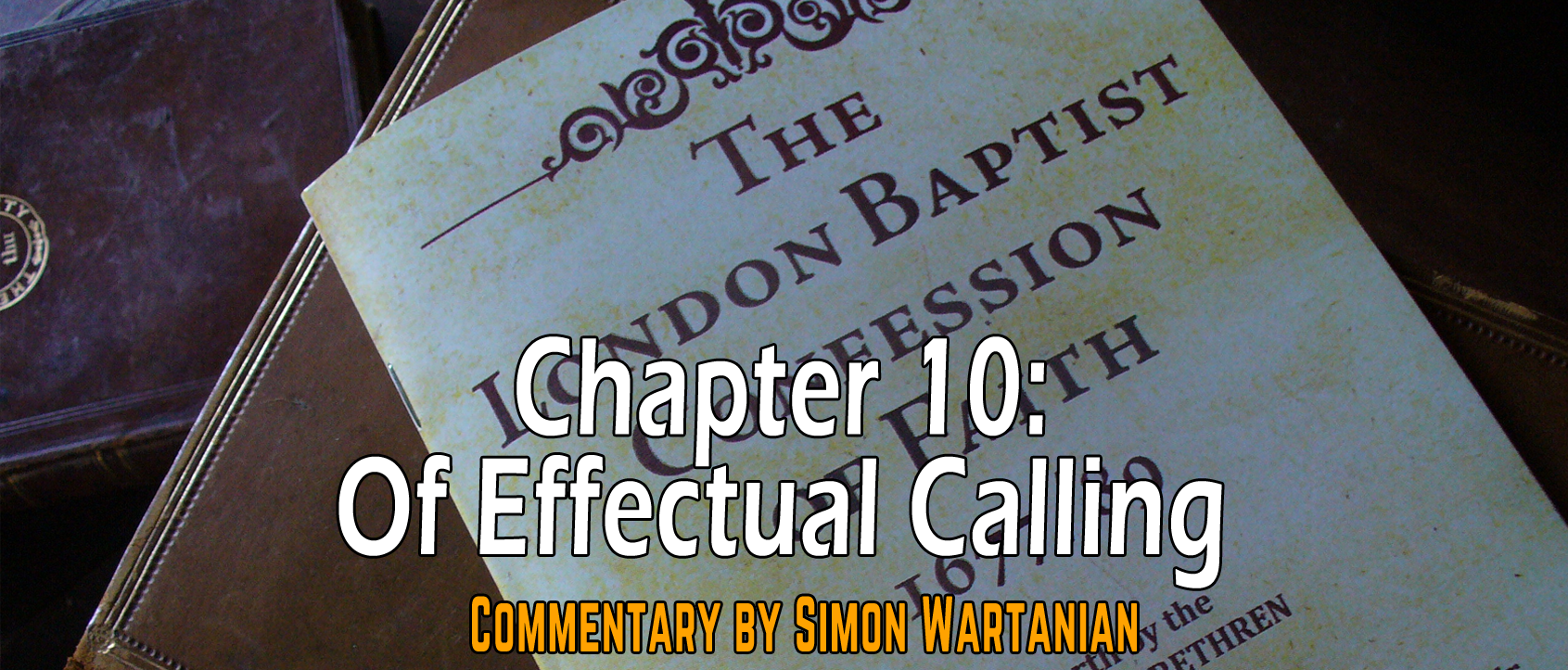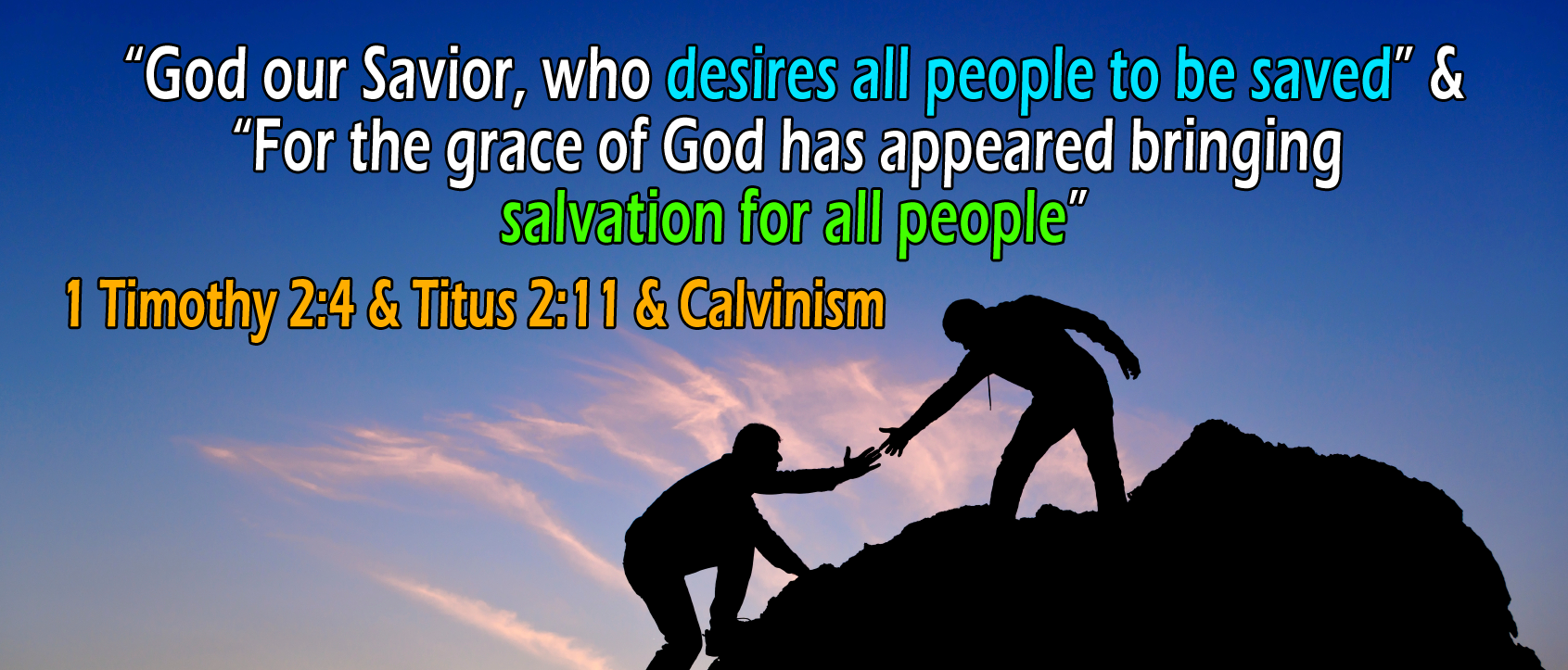John Murray made a compelling case against pictures of the Lord Jesus and summarizes his brief case in this way:
In summary, what is at stake in this question is the unique place which Jesus Christ as the God-Man occupies in our faith and worship and the unique place which the Scripture occupies as the only revelation, the only medium of communication, respecting him whom we worship as Lord and Saviour. The incarnate Word and the written Word are correlative. We dare not use other media of impression or of sentiment but those of his institution and prescription. Every thought and impression of him should evoke worship. We worship him with the Father and the Holy Spirit, one God. To use a likeness of Christ as an aid to worship is forbidden by the second commandment as much in his case as in that of the Father and Spirit.[28]
See also:
- Paul J. Barth – Three Reasons Image of God are Idolatrous
- John Murray – Pictures of Christ and the Second Commandment
- Pastor Joe V – Why Did John Calvin and the Reformers Forbid All Images of the Divine Persons?
Two Parts of the 2nd Commandment
It is likewise important to observe that this commandment has two parts, namely: 1) making graven images and 2) worshipping God by graven images. The commandment reads:
Exod. 20:4-5 “You shall not make for yourself a carved image...5 You shall not bow down to them or serve them...
Now some critics will say that if we take this passage literally and strictly then we should be like the Amish, who take no pictures or similar groups. But this is proven false even in the Old Testament as God commanded the making of the cherubim and other like objects, which were not intended to represent God. Furthermore, the first four commandments clearly speak about our obligation to the true God. We are not to make images representing the true God, nor are we to worship Him through those self-made images. This does not mean that we have in the second commandment two different commandments, but merely that the second commandment has two parts: 1) do not make images of God, and 2) neither worship Him by or through images. This observation answers the complaint of those who say that they use or make images of the Divine, but not for the purpose of worship. Since in the second commandment, God not only forbids the worship of Him through images but also the making of those images which purport to represent Him. In his commentary on Exodus 20:4, John Calvin observed:
Now we must remark, that there are two parts in the Commandment — the first forbids the erection of a graven image, or any likeness; the second prohibits the transferring of the worship which God claims for Himself alone, to any of these phantoms or delusive shows. Therefore, to devise any image of God, is in itself impious; because by this corruption His Majesty is adulterated, and He is figured to be other than He is. There is no need of refuting the foolish fancy of some, that all sculptures and pictures are here condemned by Moses, for he had no other object than to rescue God’s glory from all the imaginations which tend to corrupt it. And assuredly it is a most gross indecency to make God like a stock or a stone. Some expound the words, “Thou shalt not make to...
